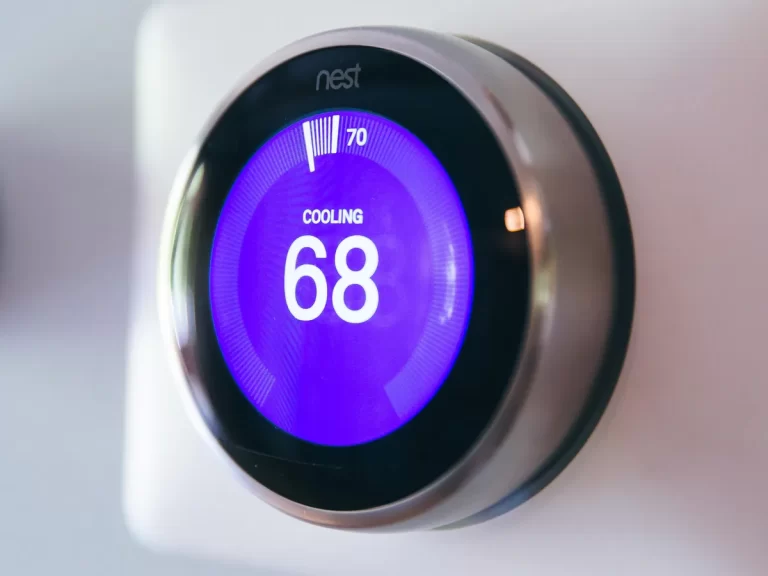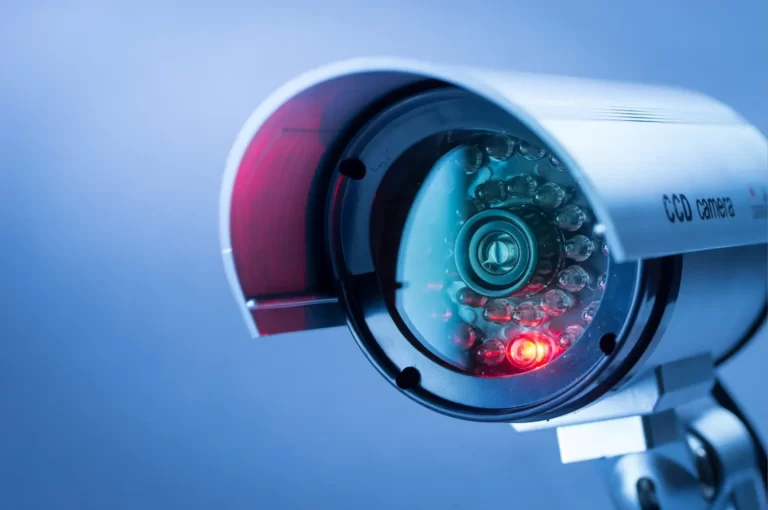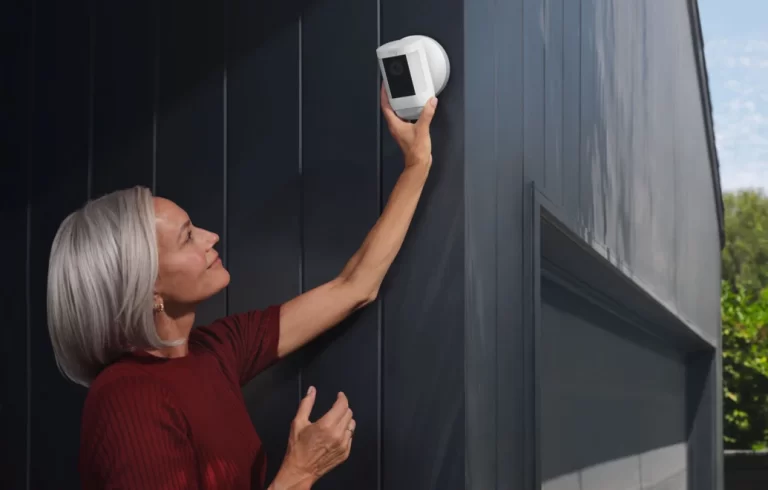How Do Biometric Safes Work?
How do biometric safes work? Discover the inner workings of biometric safes and weigh their pros and cons. Learn why these safes have become increasingly popular for safeguarding your valuables.
In an age where security is paramount, biometric safes have emerged as a cutting-edge solution for safeguarding our most prized possessions.
These high-tech safes use unique biological markers to grant access, ensuring unparalleled security.
In this comprehensive guide, we’ll delve deep into the realm of biometric safes, exploring how they work and examining their pros and cons.
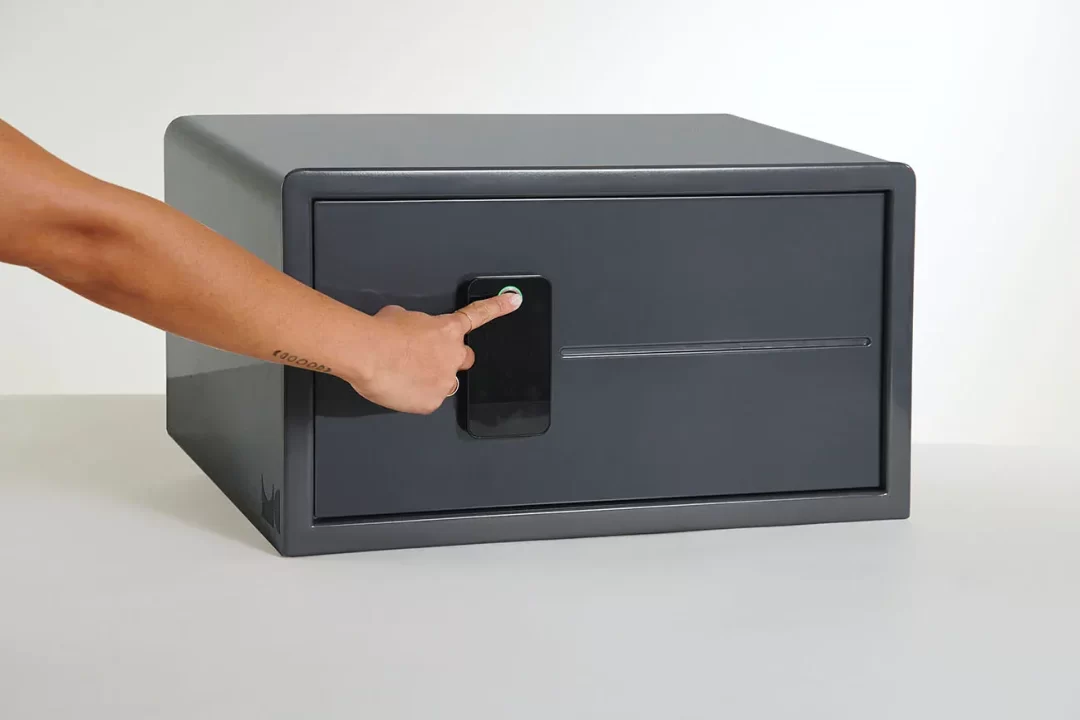
How Do Biometric Safes Work?
Biometric safes utilize biometric technology, such as fingerprint recognition, to provide secure access to the contents stored inside. Here’s a general overview of how biometric safes work:
First is the biometric enrollment. To set up the biometric safe, users need to enroll their biometric data, typically their fingerprints, into the safe’s memory. This process involves placing their finger on a fingerprint scanner or sensor multiple times to capture and store the unique characteristics of their fingerprint.
The next process is the fingerprint matching. When a user wants to access the safe, they must place their finger on the fingerprint scanner or sensor again. The safe’s biometric system compares the live fingerprint with the stored fingerprint templates in its memory.
After the fingerprint has been scanned, the biometric safe’s system analyzes the live fingerprint and matches it against the stored data. If the live fingerprint matches one of the enrolled fingerprints, the system verifies the user’s identity and grants access to the safe. If there is no match, access is denied.
The final process, of course, is to grant control access. Once the user is authenticated, the biometric safe unlocks, allowing the user to open it and access the contents stored inside. Some safes may have additional security features like PIN codes or backup keys for alternative access methods.
It’s important to note that different biometric safes may have variations in their specific mechanisms and technologies, but the basic principles of capturing, comparing, and verifying biometric data remain the same.
Biometric safes offer a convenient and secure way to protect valuables by relying on the uniqueness of an individual’s biometric characteristics, such as fingerprints, to control access.
Pros of Biometric Safes
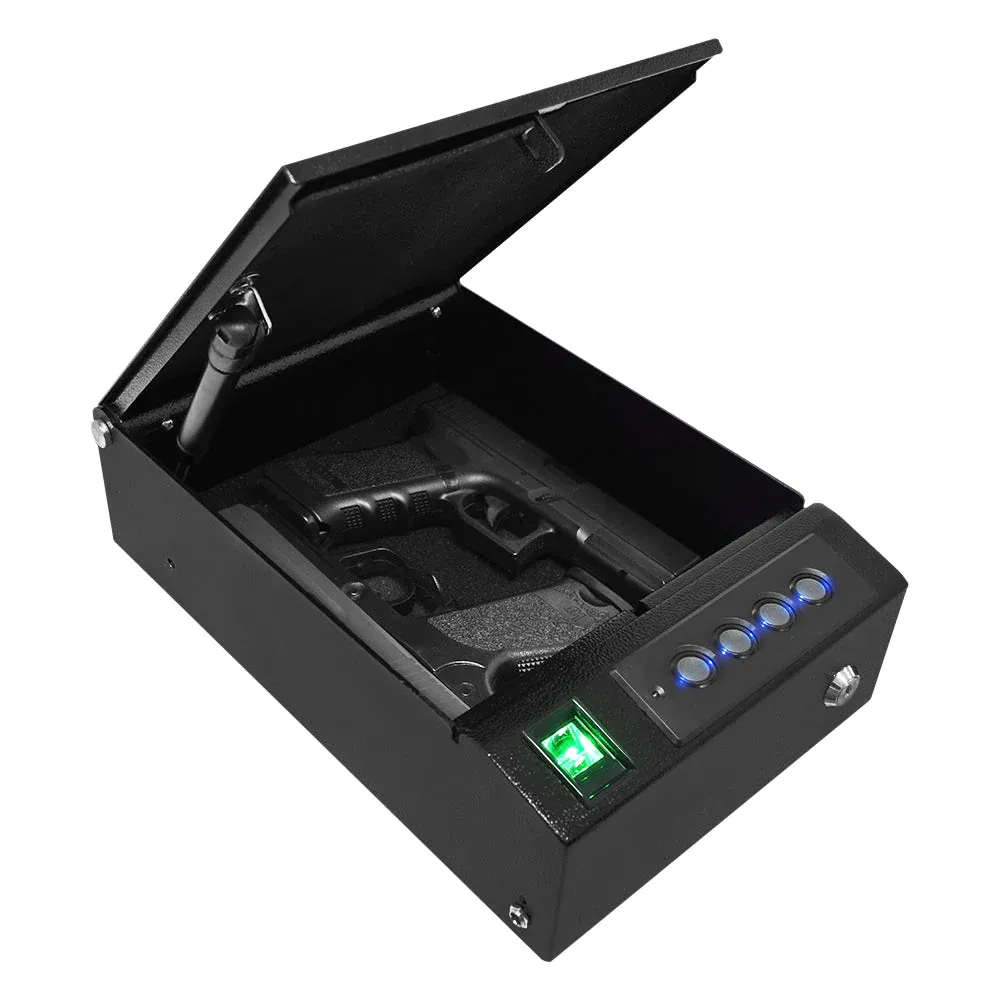
Let’s discuss the key advantages of using biometric safes, highlighting the effectiveness, convenience, and peace of mind they offer to users.
1. Enhanced Security
Biometric safes employ advanced fingerprint recognition technology, ensuring that only authorized individuals can access the contents. This biometric authentication provides a highly secure means of safeguarding your valuables.
Traditional safes with keys or combinations can be vulnerable to theft or unauthorized access, but biometric safes offer unparalleled protection.
2. Quick and Convenient Access
One of the standout features of biometric safes is the speed at which they can be accessed. With just a touch of your finger, you can open the safe within seconds.
This is particularly valuable in emergencies when quick access to firearms or important documents is necessary.
3. No Need to Remember Combinations or Keys
Say goodbye to the hassle of memorizing complex combinations or worrying about losing keys. Biometric safes eliminate these concerns, making it easy for you to access your belongings without the need for codes or keys.
4. Multiple User Access
Biometric safes allow you to register multiple users, ensuring that trusted family members or employees can also access the safe when needed.
Each authorized person can have their fingerprint stored, granting them secure access.
5. Tamper-proof and Durable
Biometric safes are designed with security in mind. They are typically tamper-proof and made from robust materials that can withstand attempts at forced entry.
This durability ensures that your valuables remain protected even in the face of determined intruders.
6. Advanced Monitoring and Logging
Many biometric safes come equipped with advanced monitoring features. These safes can log every access attempt, providing you with a record of who tried to access the safe and when.
This feature adds an extra layer of security and accountability.
Cons of Biometric Safes

On the other hand, here are some cons of biometric safes. This section sheds light on their limitations and helps you make an informed decision when it comes to securing your valuables.
1. Limited Recognition Accuracy
Biometric safes rely on fingerprints or other biometric data for access. While this technology is impressive, it is not flawless. One of the primary cons of biometric safes is their limited recognition accuracy.
Factors like dirty fingers, changes in finger condition, or technical glitches can lead to failed attempts at opening the safe. This drawback can be especially frustrating during emergencies when quick access is crucial.
2. Vulnerability to Tampering
Biometric safes, like any electronic device, are susceptible to tampering. Skilled burglars may attempt to bypass the biometric security system, rendering your safe useless.
While manufacturers work tirelessly to improve tamper resistance, it’s essential to recognize that this vulnerability exists.
3. Costly Maintenance and Repairs
Another drawback of biometric safes is the cost associated with maintenance and repairs.
Unlike traditional safes that require minimal upkeep, biometric safes have complex electronic components that can malfunction over time.
Repairing or replacing these parts can be expensive, adding to the overall cost of ownership.
4. Limited Battery Life
Biometric safes typically rely on batteries to power their electronic components. While this provides portability and ease of installation, it also means that safes are reliant on battery life.
The cons of biometric safes include the possibility of the batteries running out at an inconvenient time. Regularly checking and changing batteries is necessary to avoid this issue.
5. Accessibility Concerns
One of the more practical cons of biometric safes is accessibility. In emergency situations where the owner is incapacitated or not present, gaining access to the safe can be challenging.
Traditional key or combination safes may offer a more straightforward solution in such cases.
Conclusion
In the ever-evolving landscape of security solutions, biometric safes have carved a niche as an innovative and reliable option.
Their ability to provide quick and secure access while offering a sleek design makes them an attractive choice for many.
However, it’s essential to weigh the pros and cons carefully and select a biometric safe that aligns with your specific needs and preferences.
READ ALSO!!!

